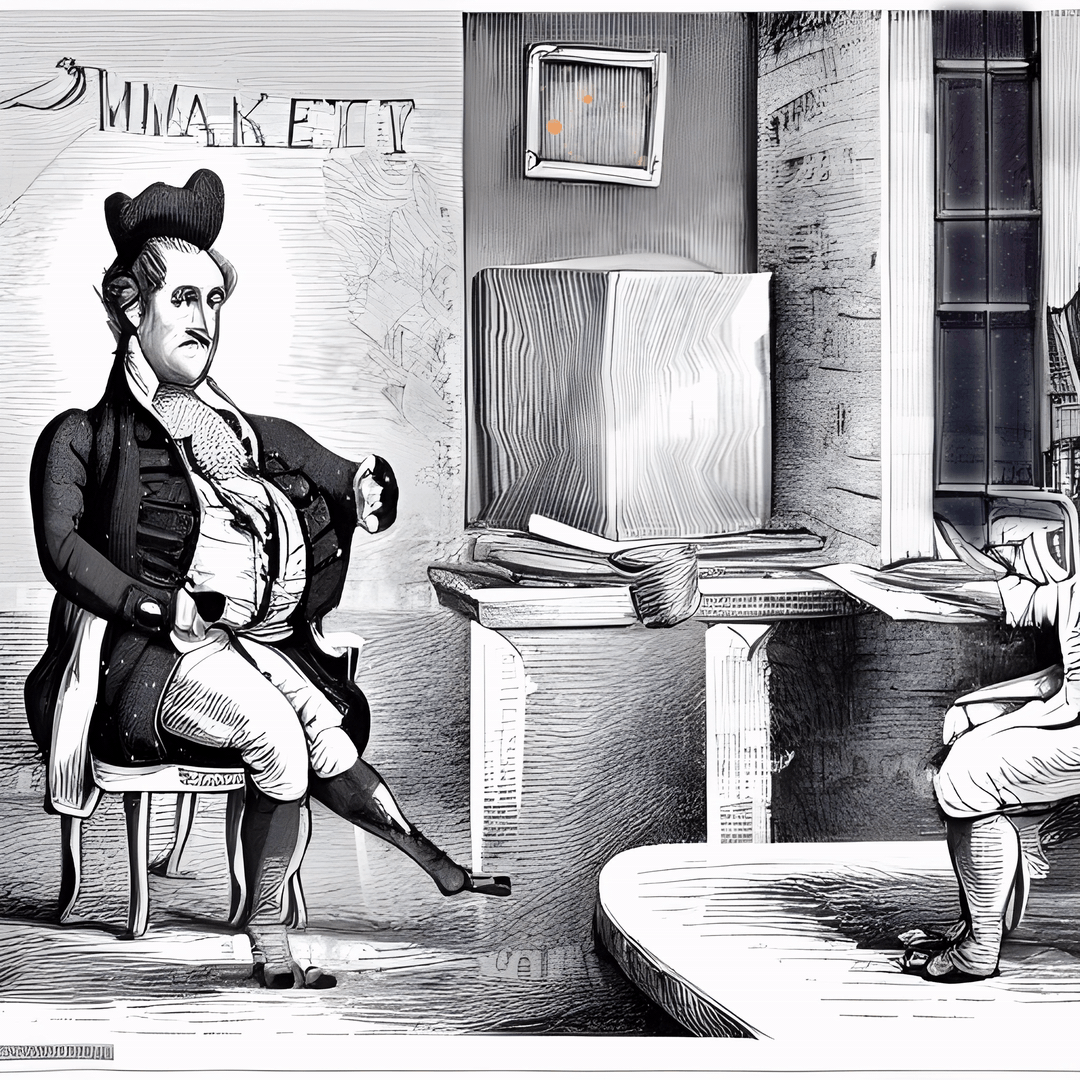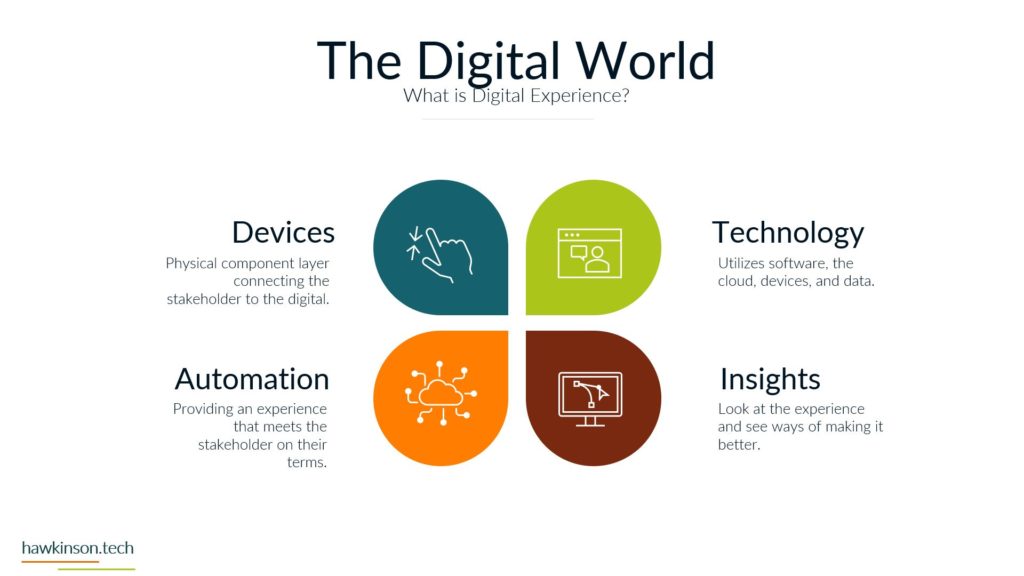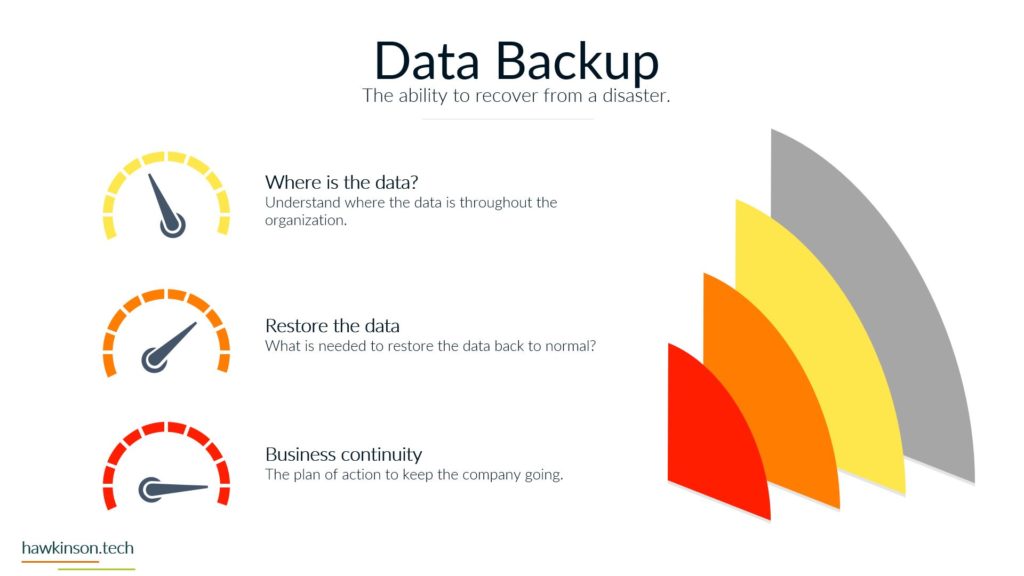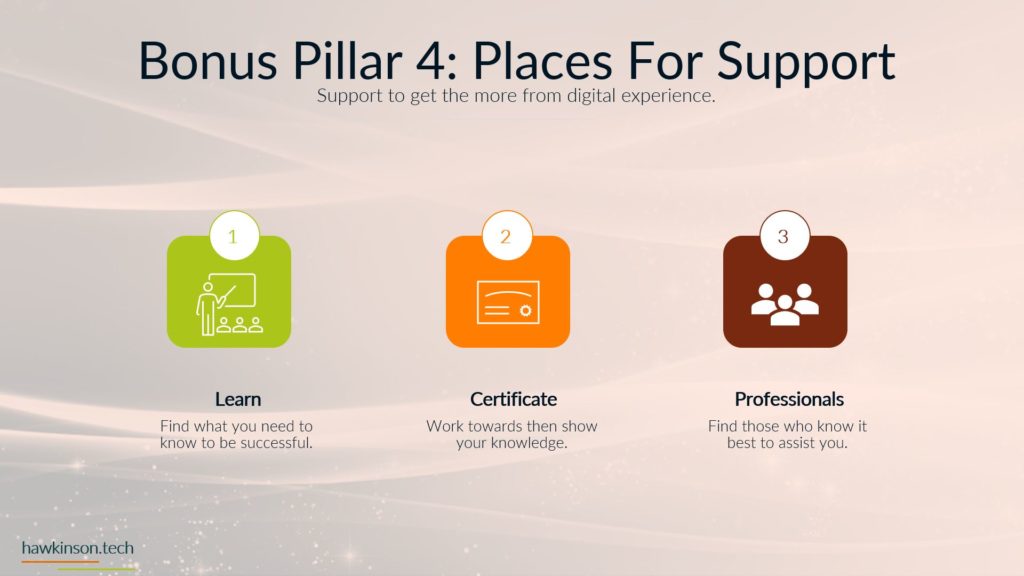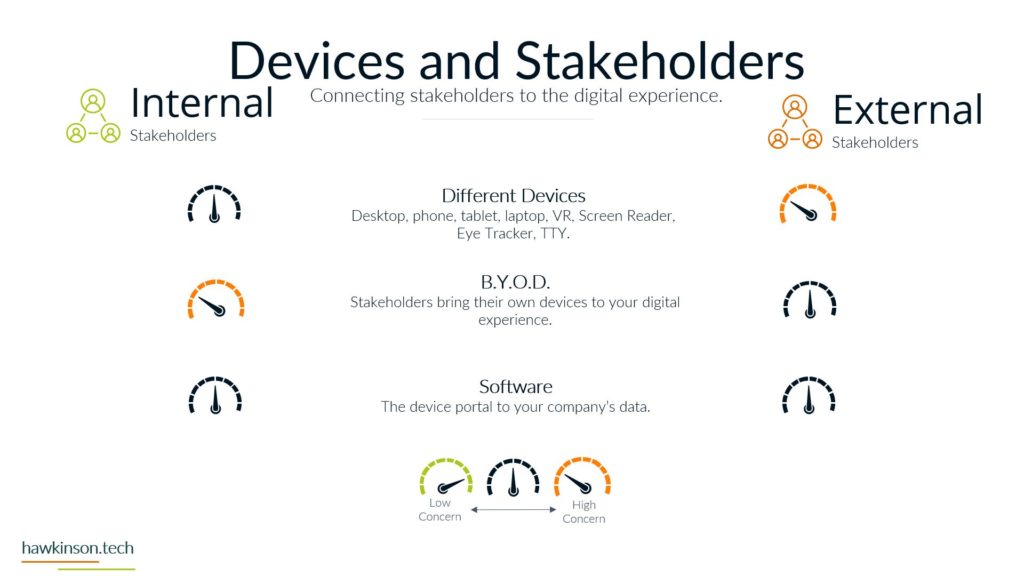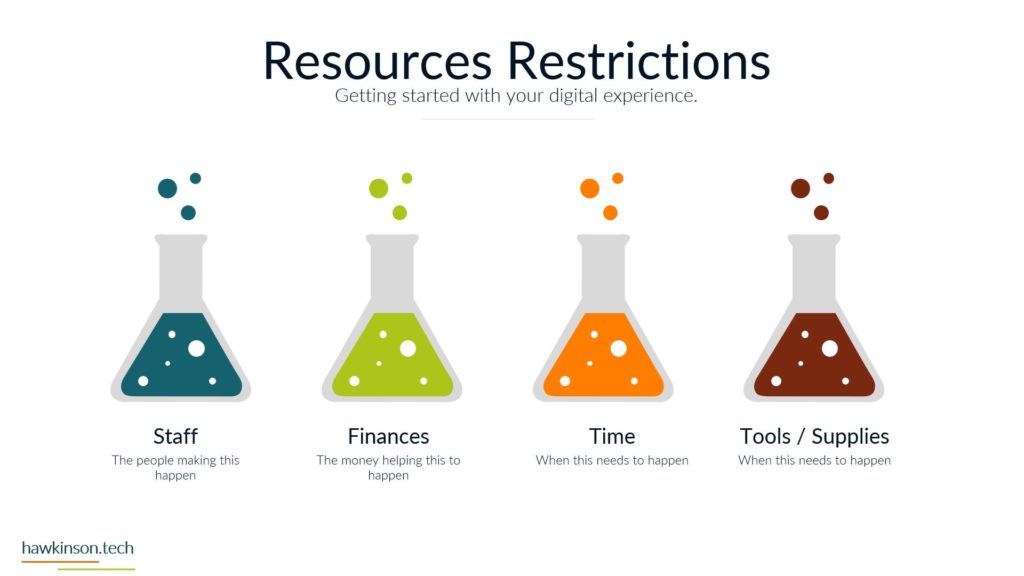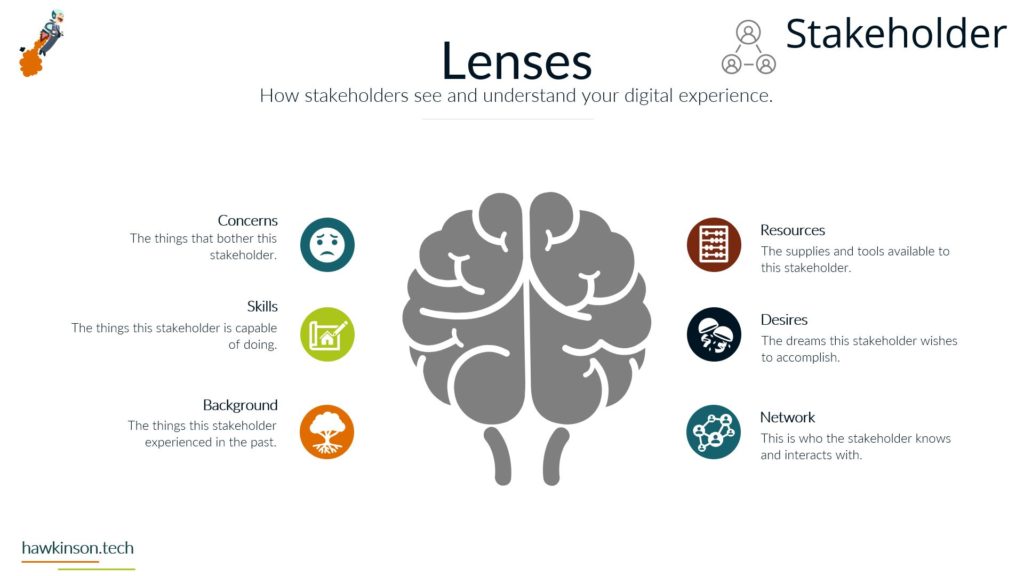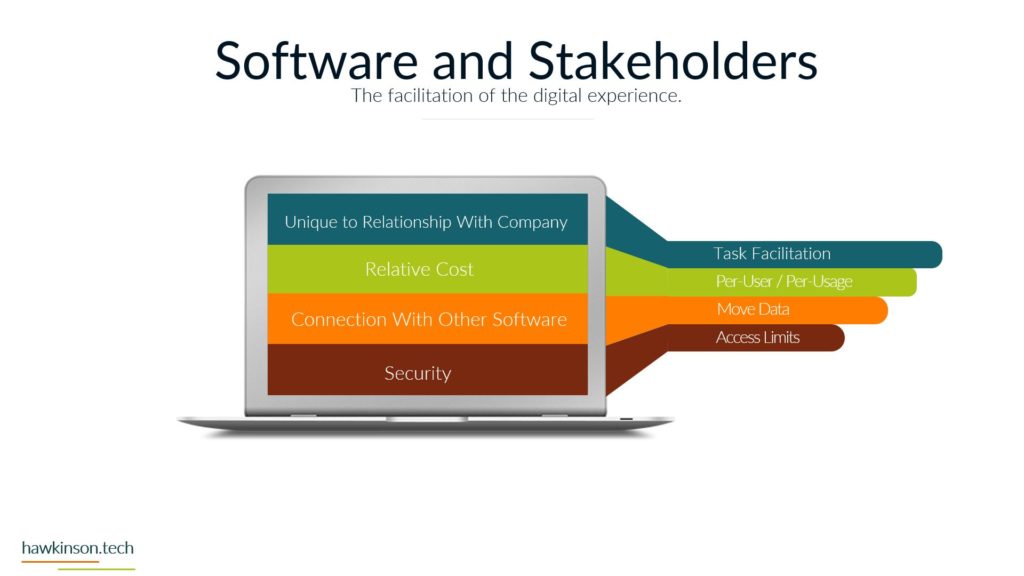We are in the new frontier of business communication, and email marketing is among its key drivers. Mastering this crucial, ever-evolving element of modern-day marketing requires effective strategizing.
If you are feeling lost and overwhelmed by this endless digital ocean, do not worry. Our blog post, covering the critical elements of a robust marketing strategy, will serve as your compass and coach, helping you wade through the choppy waters of planning, execution, and optimization.
Whether you are a newbie yet to dip their toes or have some experience navigating these vast horizons, you will find some proven tactics and actionable insights to help you conquer these untamed frontiers and make it rain engagements and conversions.
How to Build an Effective Email Marketing Strategy
1) Pick a Relevant Email List
No matter how well crafted, your email marketing strategy will not create the desired impact if it targets the wrong people. Consider creating buyer personas; these are fictional representations embodying your ideal customers. Creating accurate buyer personas will require you to factor in your outstanding recipients’ demographics, behaviors, and motivations. Having a clear idea about your audience will help you create tailored content and maximize your chances of conversion.
For instance, assume you are an international sportswear brand looking to launch a running shoe collection in the US. You host a 5K fun run event in Dallas as part of your promotional campaign. Instead of sharing the event details with your entire email list, you can create a segment of American subscribers interested in running called ‘Dallas Runner Dave.’
By targeting this persona, you ensure that your American customers are informed about a local and relevant event while preventing information overload for other subscribers. Through this targeted approach, you can boost open rates and engagement, thereby making your campaign more effective.
2) Establish Clear Goals
Creating an effective marketing strategy is impossible if you do not know what the word ‘effective’ means. Defining objectives makes it easy for you to stay focused and measure the efficacy of your campaign.
A few common email marketing goals include:
a) Boosting Sales
One reason that email marketing is so important is that it can directly affect your bottom line. Promotional emails showcasing new products or offering specialized discounts can encourage recipients to take action. Also, customized product recommendations based on past purchases can drive repeat purchases and foster customer loyalty.
b) Increasing Website Traffic
If you run a blog or publish other types of content on your website, email can drive your subscribers from their inboxes toward your website.
Regular content updates or newsletters can encourage readers to check your website content, generating consistent, high-quality traffic.
c) Increase Brand Awareness
Emails can also help maintain brand awareness. Regular, value-driven communication about your brand’s narrative, values, or initiatives can increase brand recognition and strengthen your audience’s relationship with you.
No matter what your email marketing goals are, they should always be SMART – Specific, Measurable, Achievable, Realistic, and Time-bound. The more specific your goals are, the easier it will be to determine the extent to which they have been achieved.
3) Create Compelling Content
At the heart of your email marketing strategy is the content you create. The following content elements go a long way in determining how impactful your emails are:
a) Engaging Subject Lines
Your subject line will decide whether the recipient opens your email or shift their attention to the next item in their already-bursting inbox. Keep the subject lines catchy, intriguing, and indicative of the email content. Personalized subject lines tend to have higher open rates.
b) Powerful Opening Lines
Once the recipient opens your email, the first line they read can differentiate between an uninterested skim and a focused read. Write compelling, attention-grabbing first lines that resonate with the audience.
c) Clear and Concise Content
Keep the content concise and easy to read. Avoid creating vast blocks of text, and enhance readability by breaking up the content into smaller sections and bullet points.
d) Call to Action (CTA)
Every email should contain a CTA directing the reader toward the next step. Examples of CTAs include ‘Shop Now,’ ‘Sign Up,’ and ‘Learn More.’
e) Brand Voice Consistency
Ensure your content aligns with your brand voice. Whether your brand is fun, friendly, or formal, you should keep a consistent voice across all emails to establish recognition and trust.
4) Test and Analyze
Instead of guessing what works, test it. You could experiment with email elements like subject lines, CTAs, layouts, and send times. Send the first version to half of your list and the second to the other half. The version garnering a better response will help you better understand what resonates with your audience.
Dive right into the data after every campaign. Focus on metrics like open rates, click-through rates, and conversion rates. Track the content that was most prolific in driving website visits or sales. Also, do not disregard unopened or unsubscribed rates; they tell you what needs to change. Use these insights to tailor and refine your email marketing strategy constantly.
5) Automation and Drip Campaigns
Automation helps save time and boost efficiency; nothing illustrates this better than drip campaigns. These are a series of emails sent out on a schedule based on specific actions the recipients took. Drip campaigns help maintain engagement and serve as a gentle nudge down the sales funnel.
6) Compliance
Ensure your email marketing efforts comply with applicable laws like the CAN-SPAM Act in the US or the GDPR in the EU. Beyond being a legal necessity, compliance is also an excellent way to nurture trust within your audience.
Inbox Mastery – Crafting Your Way to a Winning Email Marketing Campaign
In sum, an email marketing strategy is more about sending email messages to an audience; it involves sending the right message to the right person at the right time.
From defining your target audience to maintaining compliance, the steps covered in this guide will not only land you in the safe harbors of open rates but also help you develop a thriving metropolis marked with skyscraping conversion rates and vibrant neighborhoods of long-term, mutually-beneficial relationships with your audiences.
